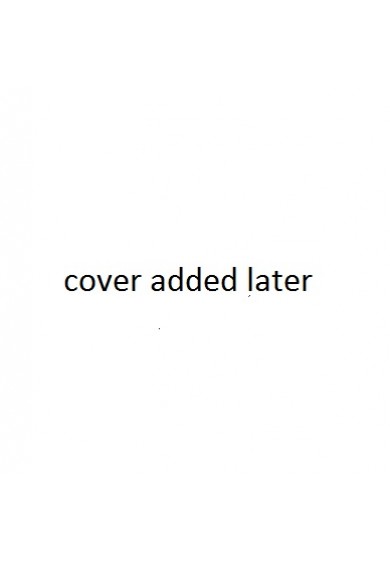Sähkö-shokki-ilta (”Electro-Shock-Evening”) is a poetry album, another
piece of archival discoveries by Ektro Records. It is a unique document
of an early encounter of spoken word and live electronics in Finland
1968.
The Finnish artist Eino Ruutsalo had a show called Valo ja liike (”Light
and Movement”) at Amos Anderson Museum in Helsinki 7–14 February 1968.
As part of his show, Ruutsalo arranged an evening of performances at the
Museum, including electronic music, ”machine poems”, light shows and
screenings of Ruutsalo’s own experimental short films. The main
attraction of this evening on February 9, 1968, called Sähkö-shokki-ilta
was the integrated synthesizer designed and built by Erkki Kurenniemi
for the Department of Musicology at the University of Helsinki. It was
called ”Sähkö-ääni-kone” (”Electric Sound Machine”) and used for
”modulating” poetry reading in real-time. Composer/musician Otto Donner
”conducted” the evening.
Unfortunately no sound recordings seem to exist of Sähkö-shokki-ilta,
only some photographs. This recording at hand is not a finished piece as
such, a concert or even a document recording. It's the sounds recorded
accidentally on the reel-to-reel tape recorder which was used as a delay
unit at the rehearsal on February 8, 1968, the day before the actual
event. Poets Kalevi Seilonen and Claes Andersson practice their
onomatopoetic and metaphysical rhymes, while Kurenniemi does the
electronic processing simultaneously according to instructions given by
Donner. On the tape we also hear Ruutsalo and Meri Vennamo, Kurenniemi’s
girlfriend at the time.
Several years later, Ruutsalo described the ”machine poems” like this:
”The sentences of spoken poems are torn apart, the rhythm of the words
is altered, the spoken word vanishes into the silence. The machine
offers the reader different kind of delays, the pitch varies. By using
these modulations, the source material of the machine poems can be
mumblings, babblings, screams, sounds – as well as words.”
The title Sähkö-shokki-ilta, coined by Ruutsalo was catchy and actually
rather appropriate, since the poet Claes Andersson had a day-job as a
psychiatrist at The Hesperia Mental hospital, where electroshock
treatment was still used at the time. “In our daily practice, we tried
to oppose the use of electroshocks to our patients. The shocks were part
of the dominant and fashionable school of manipulative psychiatry, like
lobotomy and excessive doses of antipsychotic drugs”, Andersson
remembers.
All spoken word on the CD is in Finnish and Swedish.
12.00€
In Stock
Format: cd
-
+

